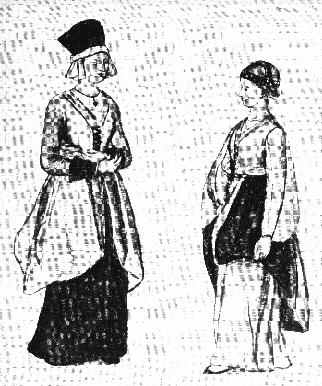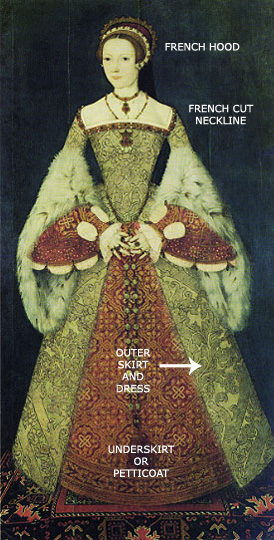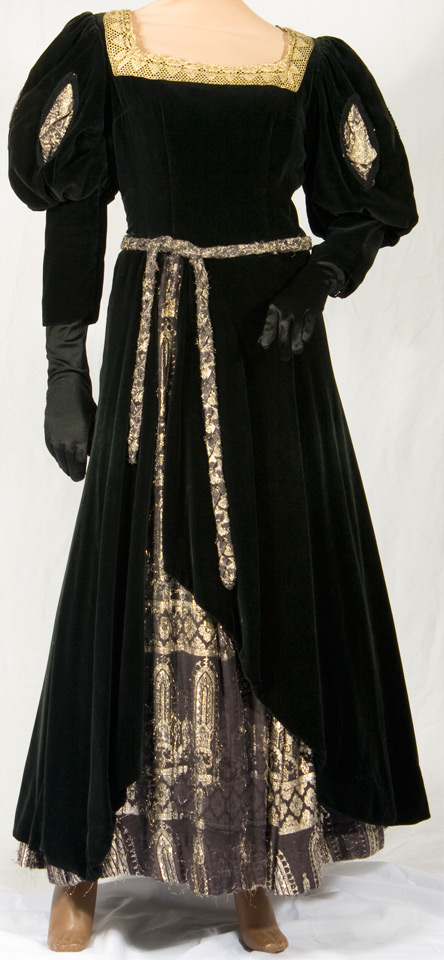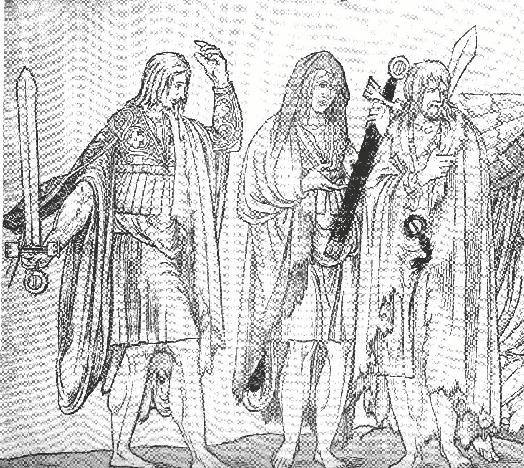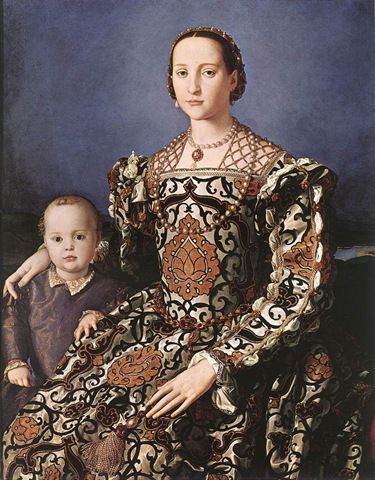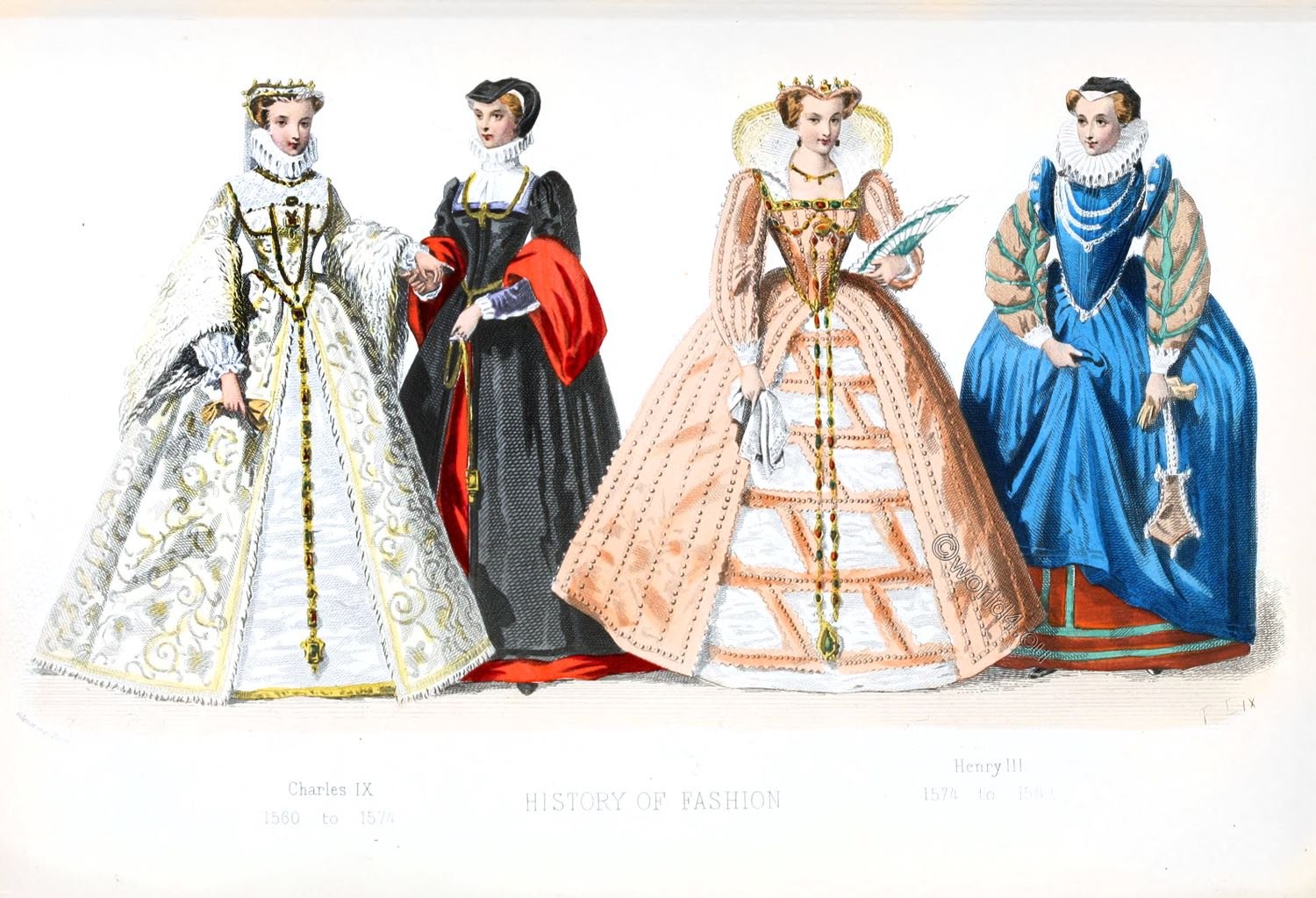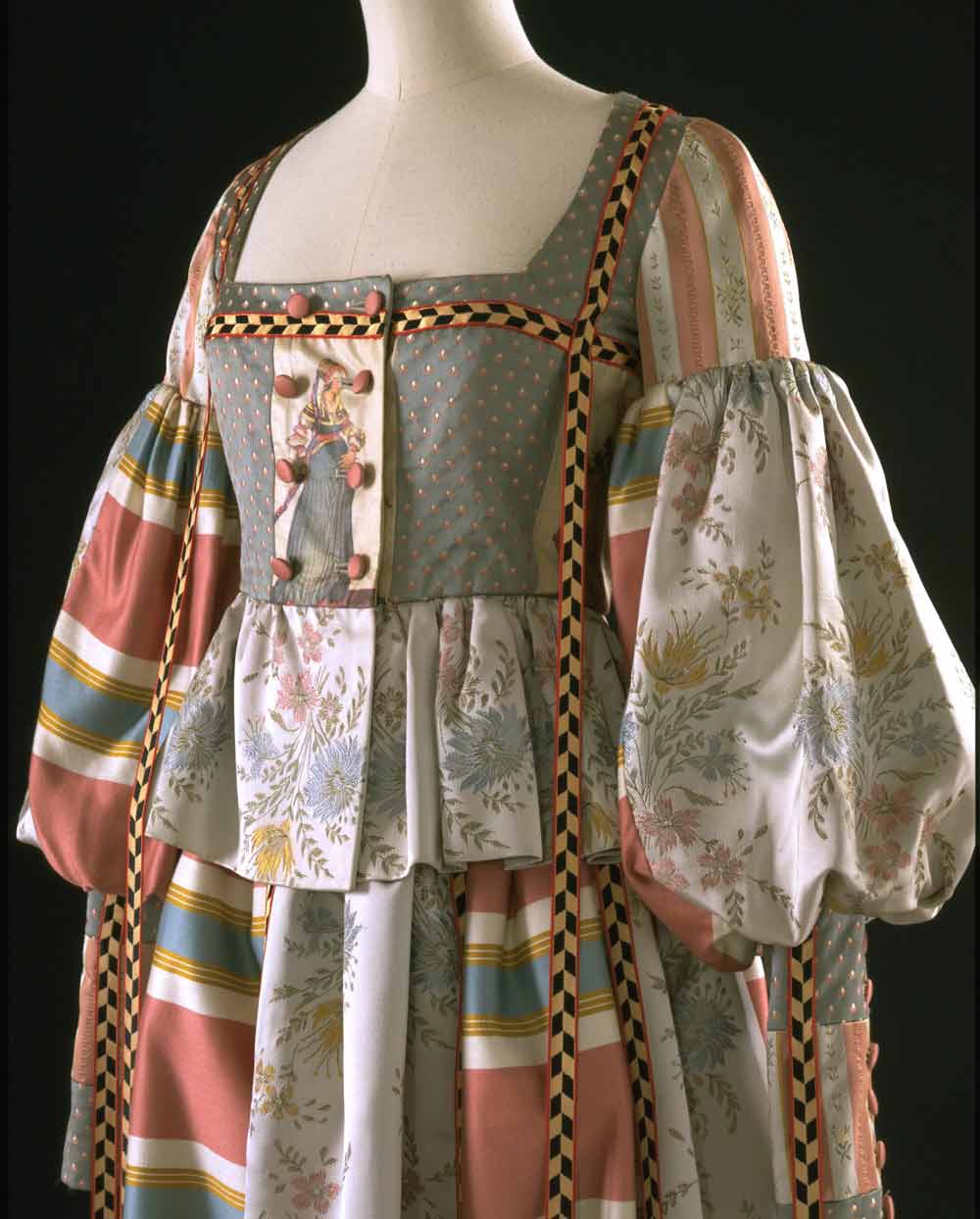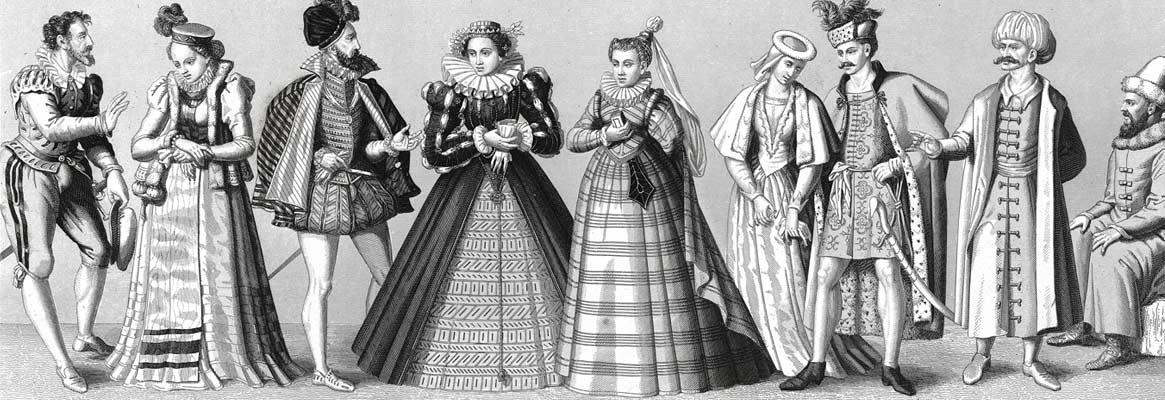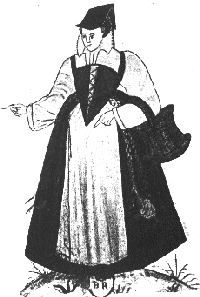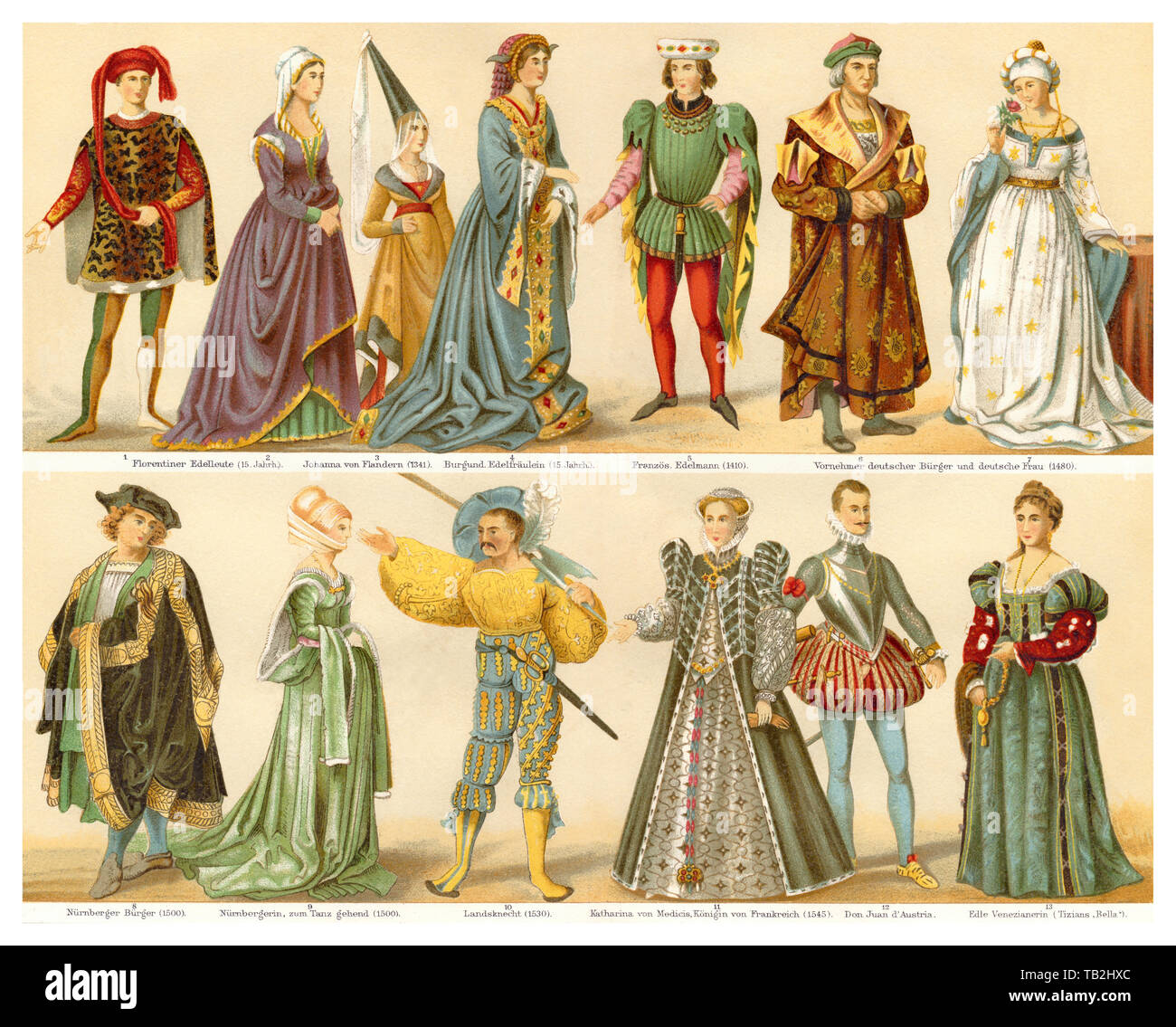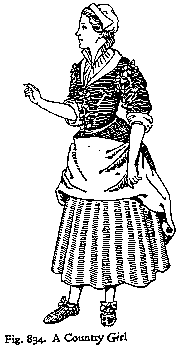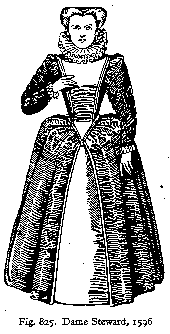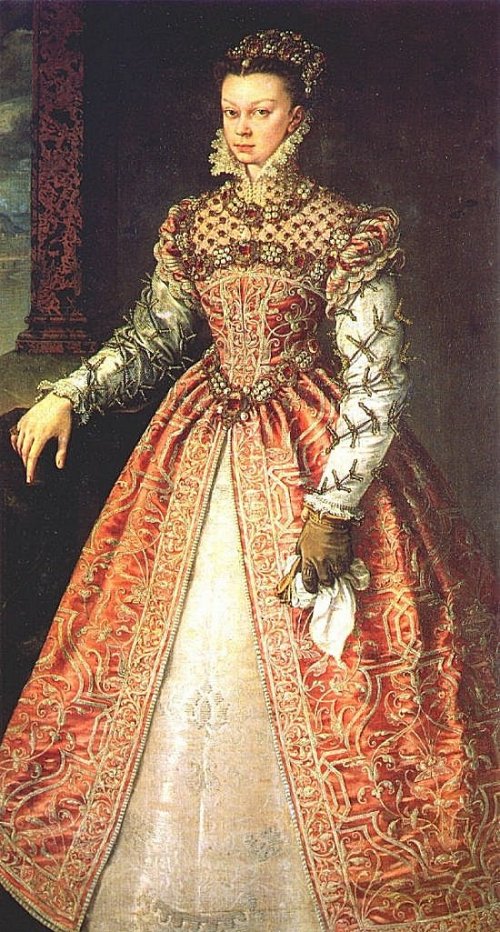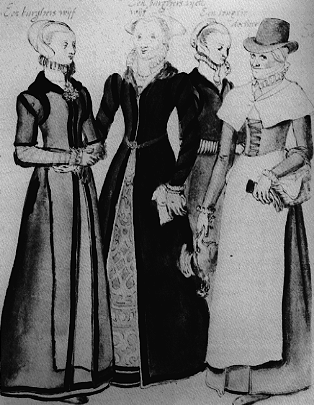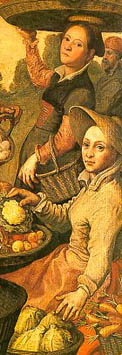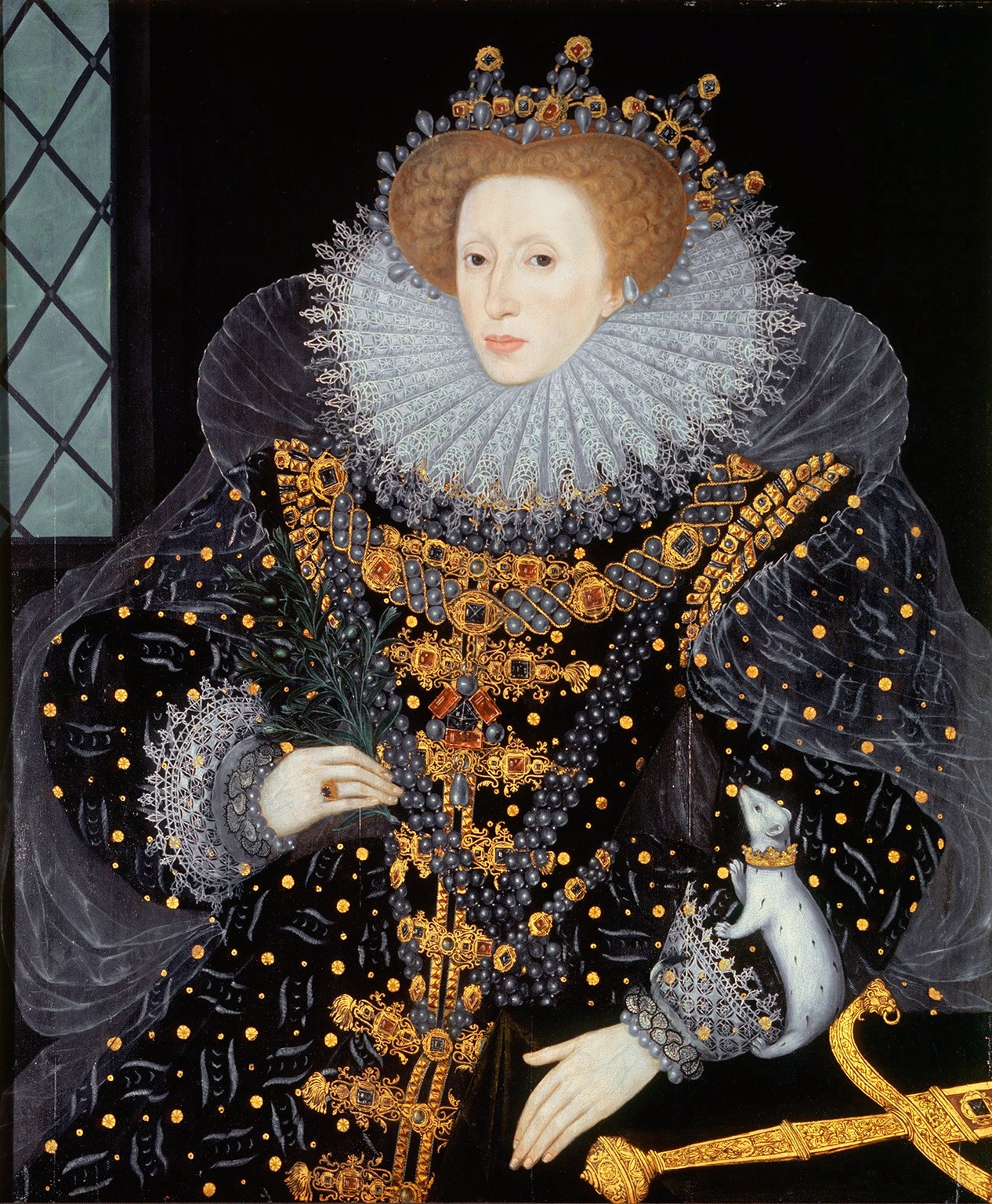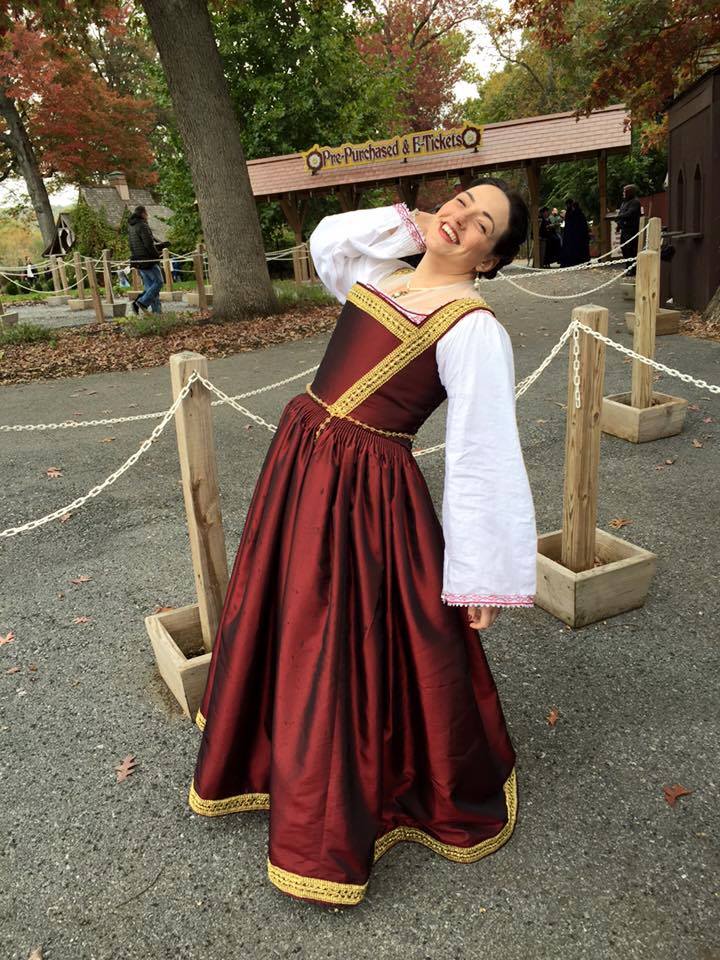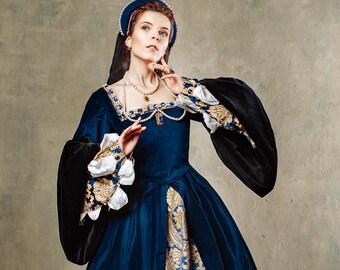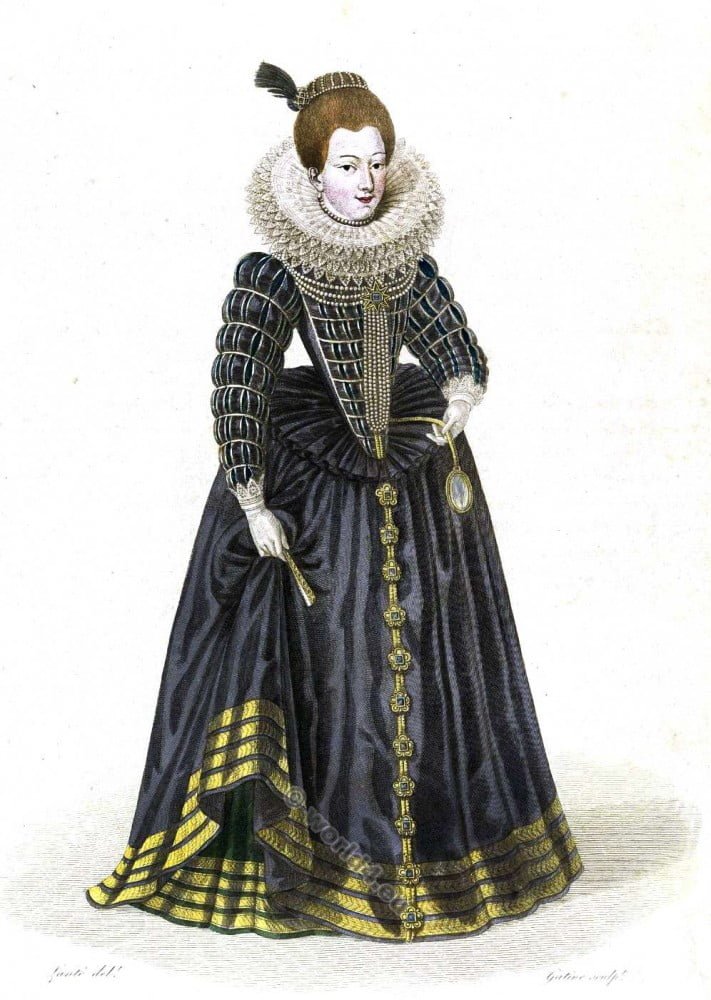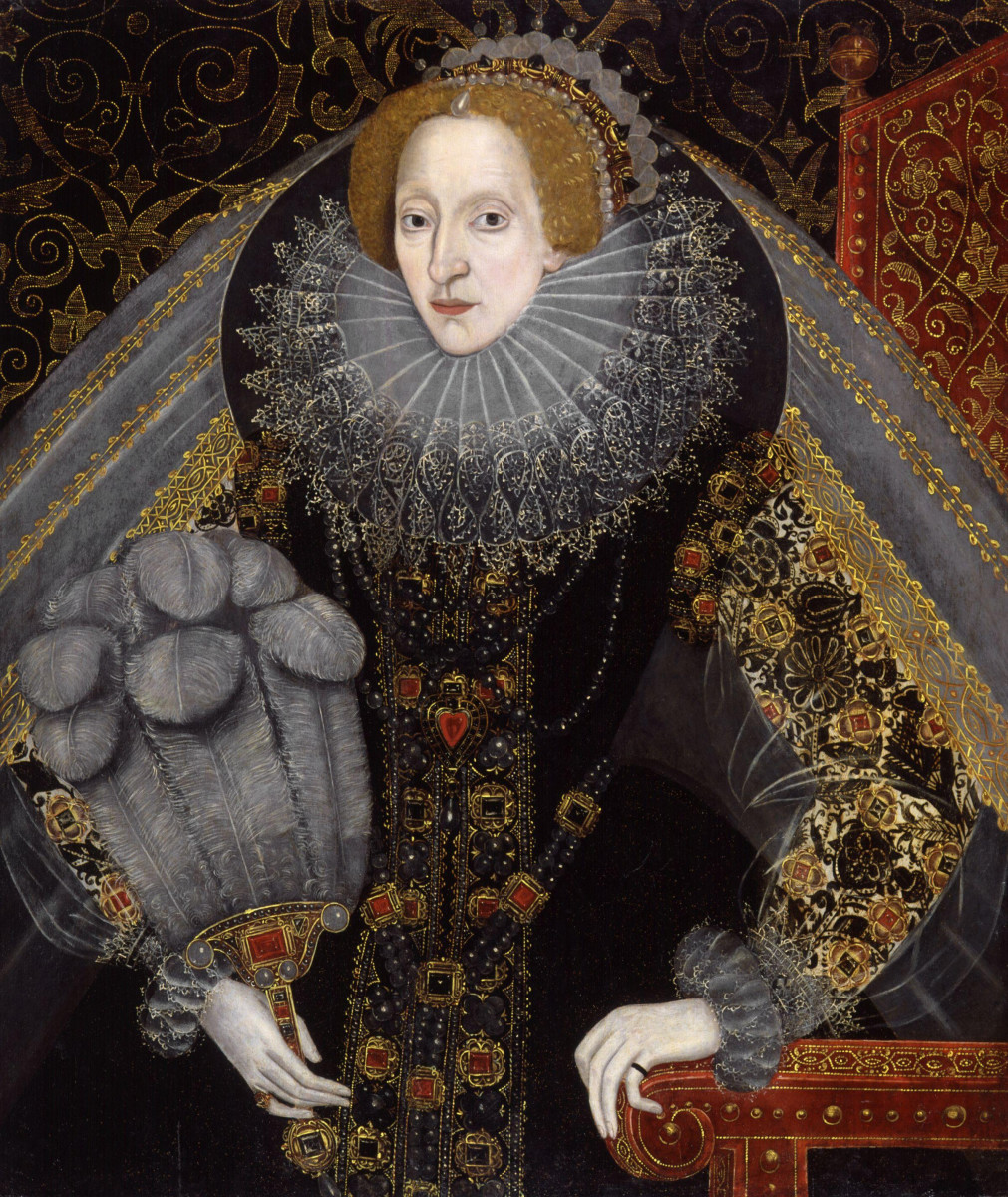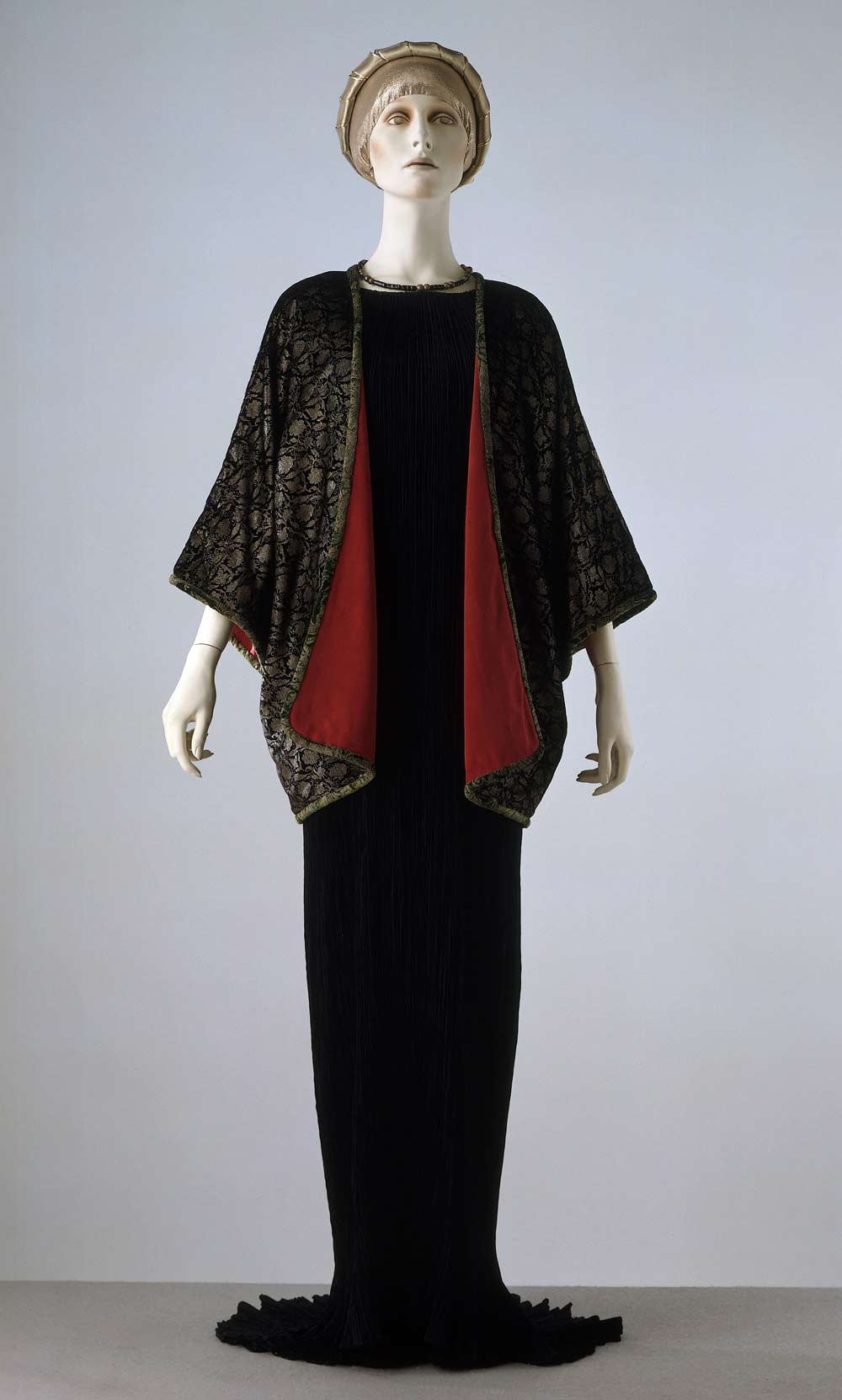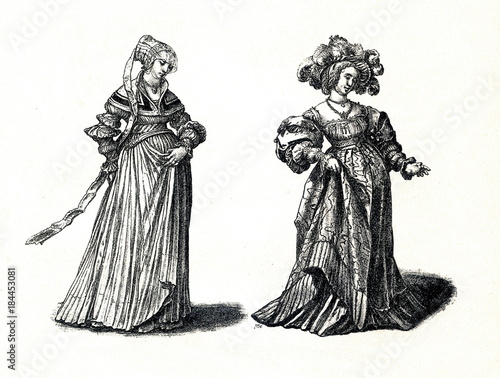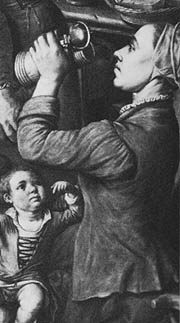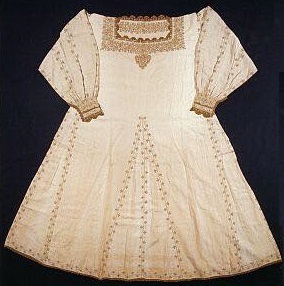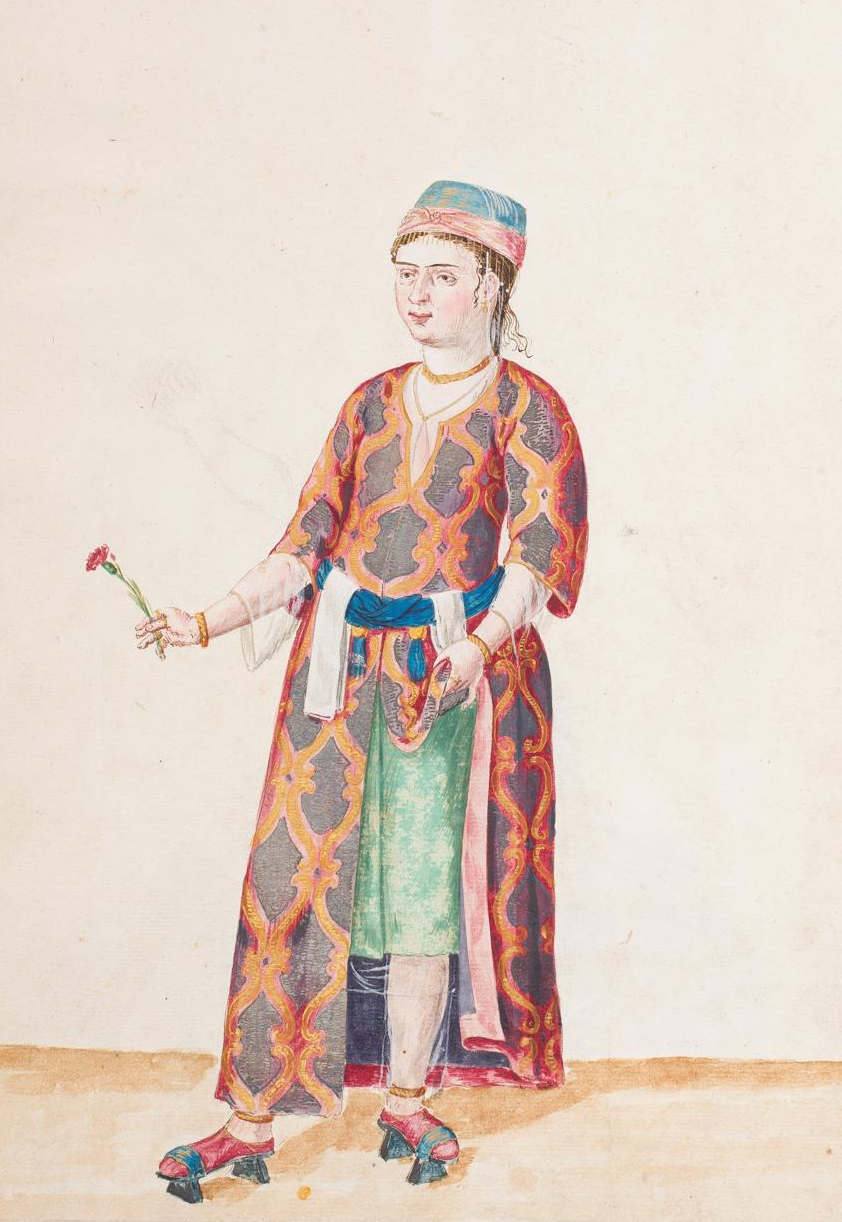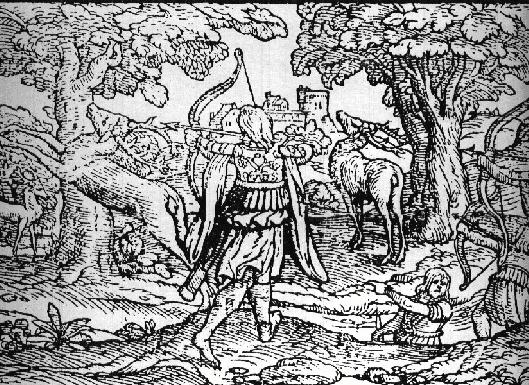Womens Clothing In The 16th Century
The late 16th centurys fashion is characterized by its spanish influence and as a spanish prince don carlos exhibits the height of the times fashion.

Womens clothing in the 16th century. 1560 1569 the stiff formality of 1560s womenswear achieved through boning and high ruffs was met by equally high collars on men who also wore increasing pumpkin sized melon hose and doublets with padding at the front belly. Fashion blunders of the 17th century looking like a whore. Introductionwomen in the sixteenth seventeenth and eighteenth centuries were challenged with expressing themselves in a patriarchal system that generally refused to grant merit to womens views. This would open up many options for sleeve changes with the same dress offering a way to change your look without changing the dress.
In the 16th and 17th centuries as in the 21st clothes offered opportunities for women to empower themselves and create individual identities. Overview spanish fashion was ascendant in the 1550s from the loose womens gownthe ropa and the spanish farthingale in womens dress to the narrow cut jerkins and tight sleeves of philip ii and the must have mens outerwear piece the spanish cape. The women first wore a boneless corset which they called a basquine and a crinoline which gave the appearance of a hooped skirt which they called the farthingale vertugale. The custom that kept mature or married women from showing any of their hair in public was fading and hat styles began to allow more of the hair to show.
In the 16th century a fez with a thin white scarf which covered the whole head and shoulders was also used. Cultural and political events during these centuries increased attention to womens issues such as education reform and by the end of the eighteenth. Duchess katharina von mecklenburg wears a front laced. But choosing what to wear was a difficult business and making a fashion faux pas could have disastrous consequences.
St dorothea wears a black goller or round partlet over a gown with an organ pleated skirt and a snug bodice trimmed with. The waistline was normal and slightly pointed in front. Women in the 16th 17th and 18th centuries. Women continued to wear the large hats and headdresses of the previous century but only in the earliest part of the sixteenth century.
Fashion in the period 15501600 in western european clothing was characterized by increased opulence. Contrasting fabrics slashes embroidery applied trims and other forms of surface ornamentation remained prominentthe wide silhouette conical for women with breadth at the hips and broadly square for men with width at the shoulders had reached its peak in the 1530s and by mid century a. Women in the court wore an inner robe called an ic entari with an elaborate belt called the cevberi.



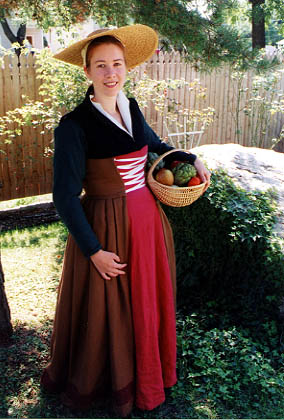
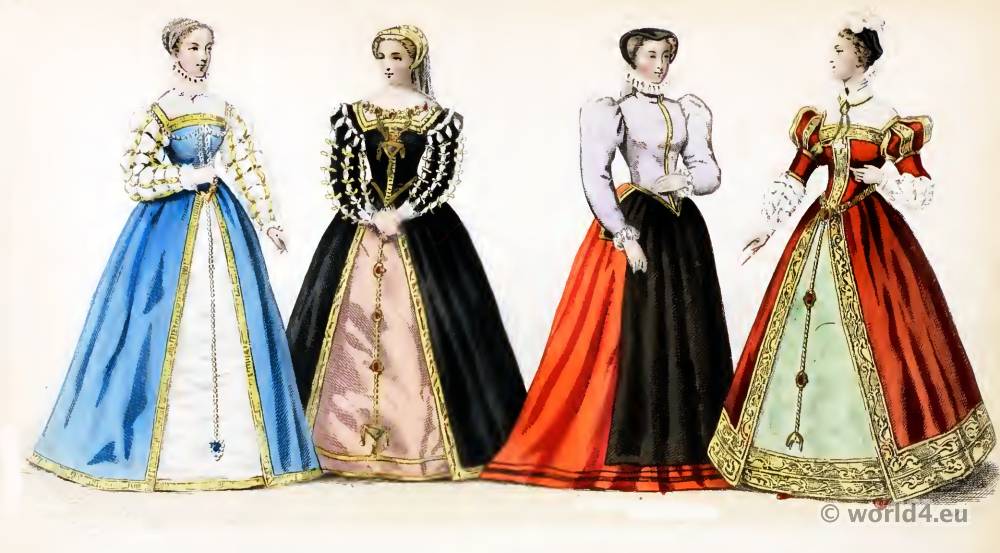
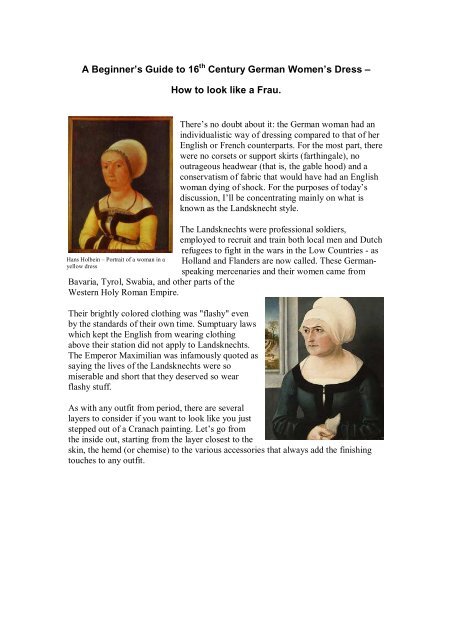





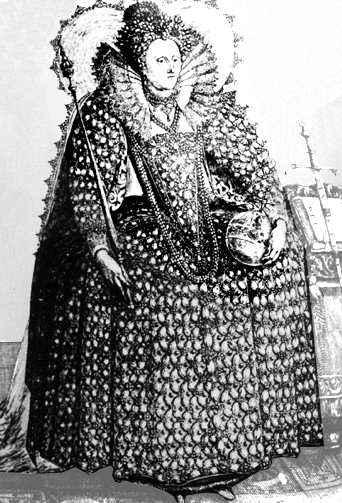

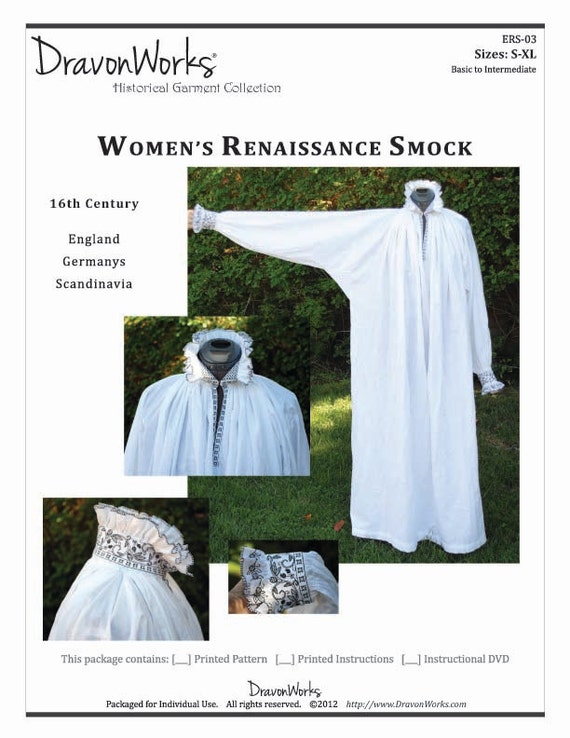
/call-the-rain---ritual-898152828-6b88af7616914a989148408c84ae5f30.jpg)




